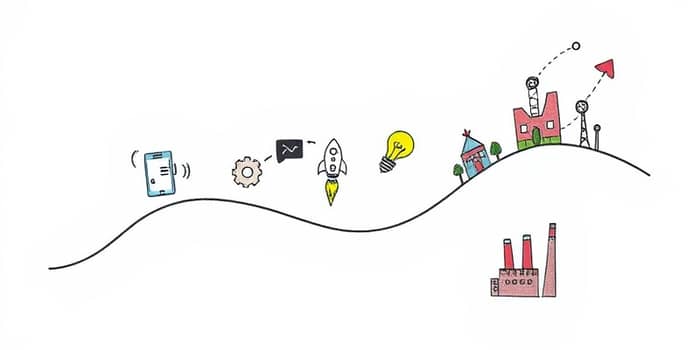
Every innovation travels an arc of excitement, disillusionment, and eventual productivity. The Gartner Hype Cycle offers a roadmap for this journey, guiding leaders toward the right moment to invest or pause.
First introduced by Gartner analyst Jackie Fenn in 1995, the Hype Cycle was designed to capture the trend of repeated patterns in adoption. Over the years, it has become a trusted compass for technologists, investors, and executives worldwide.
The model started as a simple curve but now underpins more than 100 annual reports across diverse domains. It maps the perceived value on the vertical axis against time, offering a graphical representation of technology maturity that transcends individual products or industries.
At its core, the Hype Cycle comprises five distinct stages. Recognizing where a technology stands helps organizations avoid pitfalls and seize opportunities.
Organizations leverage the Hype Cycle to time decisions and align resources with risk appetite. It offers insight into shifting market dynamics and helps prevent costly missteps.
Key benefits include:
Jumping in at the peak of hype can drain resources, while ignoring a technology in the trough often means missing transformative advances. By consulting annual Gartner reports—covering areas like AI, blockchain, and VR—leaders can synchronize strategy with evolution.
Artificial Intelligence exemplifies the Hype Cycle’s power. Since ChatGPT’s 2022 debut, generative AI plummeted from lofty promises into a Trough of Disillusionment as early projects faltered.
Yet, seasoned adopters who refined use cases in healthcare diagnostics, automated marketing, and educational tools are now riding the Slope of Enlightenment. Billions poured into startups have yielded robust platforms that deliver measurable ROI—proof that patience and precision pay off.
Other technologies follow similar arcs. Virtual reality encountered inflated expectations in the early 2010s, dipped into disillusionment, and now finds productive footholds in training simulations and design visualization. Blockchain’s journey continues, with pockets of real-world adoption in supply chain and finance emerging after years of speculation.
While invaluable, the Hype Cycle is a snapshot—not a prophecy. Markets, geographies, and regulatory environments can shift trajectories. Remember Amara’s Law: overestimate short-term, underestimate long-term impact.
Common mistakes to avoid include:
To maximize value, teams should:
The Hype Cycle is more than a curve; it’s a strategic tool. By combining rigorous analysis with organizational agility, leaders can navigate hype and harness real innovation.
Understanding the Hype Cycle empowers you to make data-driven decisions with confidence. Whether you’re an investor seeking the next breakthrough or an executive steering digital transformation, this model offers clarity in an age of constant change.
Embrace the cycle, learn its rhythm, and you’ll transform hype into sustainable advantage.
References













